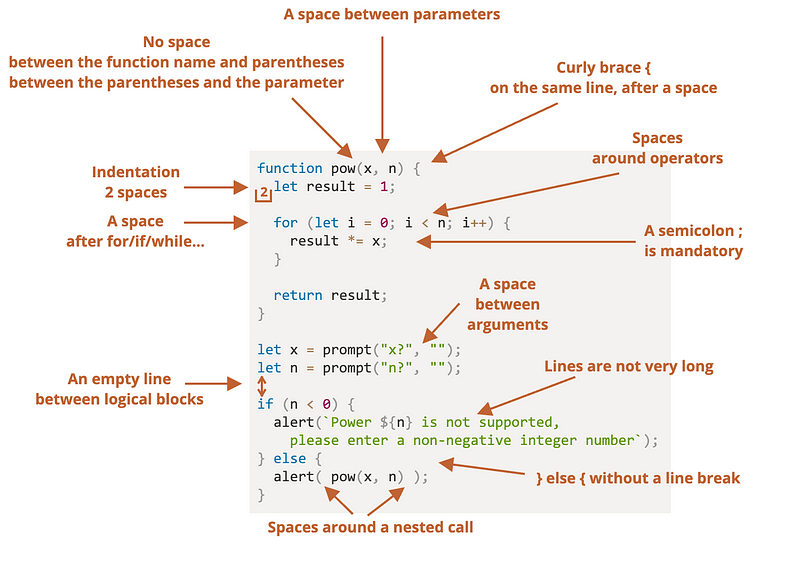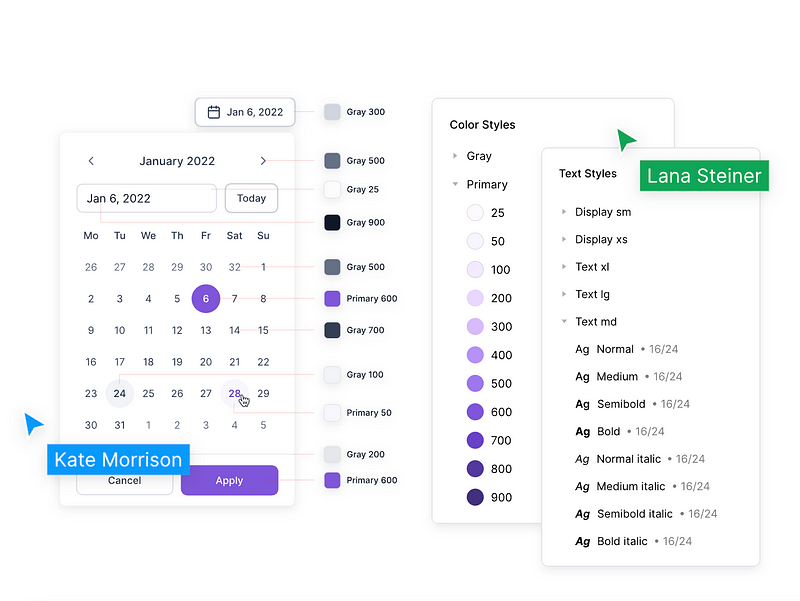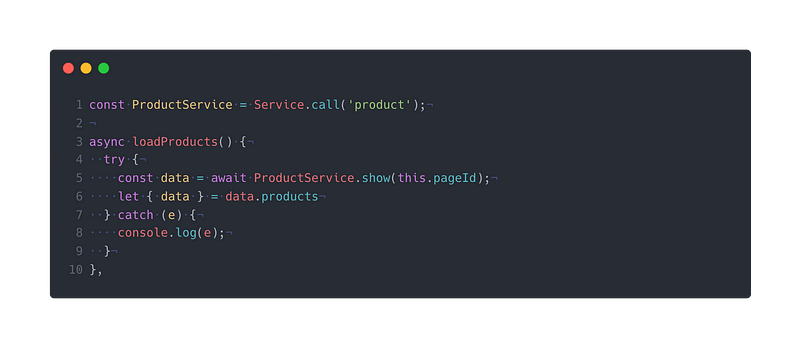Best Practices for Building a Scalable Frontend Architecture
Written on
Introduction
Hello everyone! It's been a little while, but I'm back with a fresh article. I've been quite busy balancing school, work, and my business. However, I've recently launched a new project at work, which gives me a moment to sit down and write. I'm also working through Leetcode (the Blind 75), and while it's been challenging, I feel like I'm making progress!
Recently, I led a team in developing a complete application for a client, and through this experience, I've gathered valuable insights. Here are some best practices for establishing a solid foundation for a scalable frontend.
Code Formatting

To kick things off, let's discuss some straightforward yet often overlooked points. During the rush to develop a Minimum Viable Product (MVP), teams frequently neglect the importance of properly formatted code. Poorly formatted code is not only difficult to read but also a nightmare to maintain and review.
Without clear indentation and formatting standards, understanding code becomes a significant challenge. Each minute spent simplifying code readability can enhance overall productivity. I highly recommend using Prettier, a code formatting tool that can automatically format your code on save. This proactive approach can help prevent future headaches. Remember, many unmanageable legacy code issues stem from the mindset of "it's acceptable for now," so it’s wise to address these concerns early.
Consistent Styles

Inconsistent coding styles can lead to endless debates within a team. Whether it's single versus double quotes or the use of semicolons, these discussions can consume valuable time. Therefore, establishing uniform coding standards from the start is essential.
Utilizing ESLint for code linting can help ensure consistency throughout your codebase. In our team, we refer to the AirBnb JavaScript Style Guide to maintain our project's style without disputes. This includes naming conventions, with ESLint flagging any discrepancies.
Design Systems

While primarily a designer's responsibility, a design system is crucial for frontend developers as well. Essentially, a design system serves as a single source of truth for all frontend styling, detailing every color, font weight, font size, button style, and hover state.
For those looking for a solid foundation, UntitledUI offers a great starting point for a Figma design system. Once standardized, you can create a central file from which all developers can import styles.
Pro Tip: If you're using SCSS, consider looping through a colors object to create pre-defined classes such as bg-success-50 and text-gray-900.
Reusable Components

A vital aspect of a scalable frontend foundation is the creation of reusable components. Start by developing a set of Base Components designed for maximum reusability, adhering to the DRY (Don't Repeat Yourself) principle. This approach allows developers to easily import and build upon these components.
While anticipating developers' needs can be difficult, tools like Quasar provide a comprehensive suite of components that cover a wide range of requirements. After importing their base components and applying our own styling, we successfully established a versatile set of components that are well-documented for easy reference.
Global Services and Utilities

Finally, your frontend will likely need to interact with APIs frequently. I prefer to maintain a clean structure by keeping a dedicated Services folder separate from components. Within this folder, each file should correspond to different service types, such as Products for handling product-related endpoints.
In your components, you can easily refer to these services, ensuring that API call logic remains tidy and distinct from component code. Additionally, we established a utilities file for global functions—like date formatting and verification methods—to prevent redundancy and keep components concise.
Closing Thoughts
These are some strategies my team and I employed to enhance the maintainability and scalability of our frontend. While some of these practices may seem obvious, it’s often the simplest solutions that yield the best outcomes.
Always remember the mantra: Keep it Simple, Stupid (KISS). That’s all for today—thanks for reading, and I look forward to sharing more insights soon!
This video discusses how large teams can effectively scale their frontend applications, offering insights into strategies and techniques.
In this video, we explore scalable front-end architecture and how our team organizes projects for optimal efficiency and maintainability.